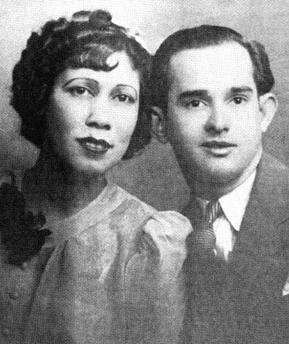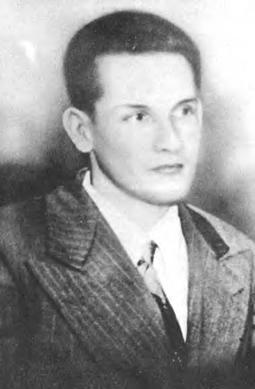



On November 1, 1950, two members of the Nationalist Party of Puerto Rico attempted to assassinate President Harry Truman. Oscar Collazo and Grisello Torresola, both residents of New York, carried out the doomed attack on Blair House, where President Truman was residing. Torresola killed one of the police officers whoguarded the residence, and two other officers were wounded in the exchange of gunfire. In turn, Tonesola was killed and Collazo was critically wounded, but recovered. Collazo was sentenced to death for the attempted murder, but one week before his scheduled execution in 1952, President Truman commuted the sentence to life imprisonment. Collazo later explained, "It was not important if we did or did not reach President Truman. That was secondary. It was sufficient to create a scandal that focused world attention on the colonial case of Puerto Rico. And the assault was a success" (Fernandez, p. 182).
— Pedro Caban on his article "Puerto Rican Nationalists Uprising"
A couple of Nationalists in New York City decided to make an armed attack to attempt to assassinate President Truman — Oscar Collazo and Griselio Torresola — on November 1st, shortly after the revolt began, went — traveled to Washington and attempted to shoot Truman at the Blair House. It was a bungled attempt on their part, amateurish to some degree. And Torresola was killed. A police officer was killed. And, of course, Oscar Collazo was captured and eventually spent about twenty-five years in prison.
— Juan Gonzalez for Democracy Now! Read below:

Oscar Collazo, one of the nationalists who planned the attack.

Griselio Torresola, who planned the attack with Oscar Collazo.

Blair house, the site of the attack, in current days.

This timespace is inspired by the 7th chapter of the book How to Hide an Empire, by Daniel Immerwahr. It tells the life of Puerto Rican nationalist Pedro Albizu Campos in the context of other nationalist movements and U.S. interventions in Latin America.